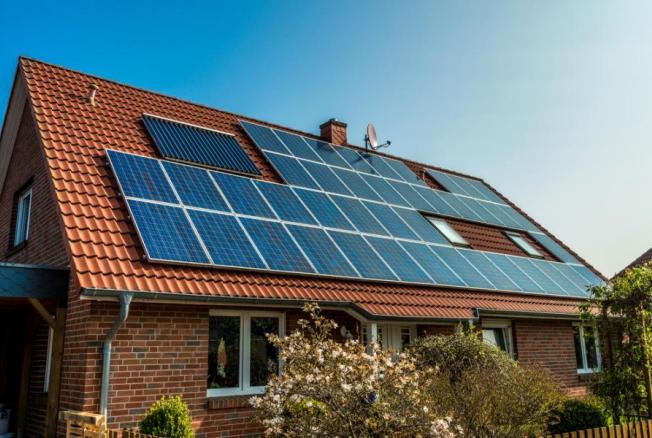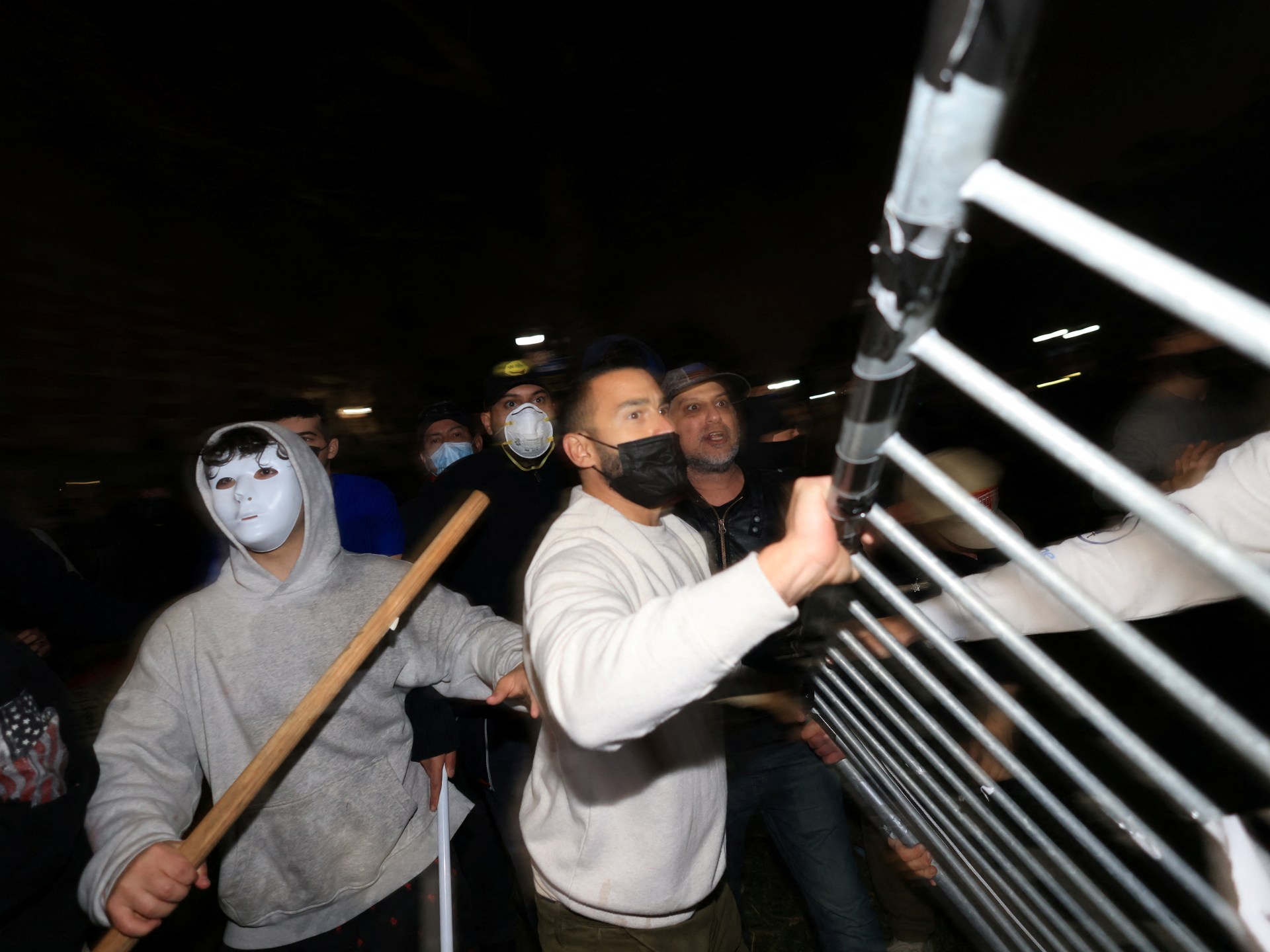Changes in the law provide for a very important change in the principles by which electricity production households transfer it to the common network, that is, until now a net accounting system was used, when the amount of electricity transferred by a household to the common. count network, which could then be recovered, and in the future, a net accounting system will be used a settlement system that lists the price of electricity transferred to the common network at a certain time, but if there is a power shortage, the family must buy it already at the price of that time. Some industry experts have predicted that these changes will significantly reduce the appeal of solar panels to consumers.
In February this year, the government approved changes to the rules for the sale and use of electricity, which provides that a new system will start starting on May 1 this year in Latvia for households that production of electricity for self-use from renewable resources. , for example, by installing solar panels and transferring the surplus to an electrical dealer.
The Minister of Climate and Energy Kaspars Melnis (ZZS) previously said that there are approximately 18,000 households in Latvia that have installed solar panels, and that a large part of their annual consumption for themselves with self-produced electricity. The aim of both the existing system – net accounting, and the new system is to use the electricity produced for own consumption.
Households that have installed solar panels and are currently using the existing system – the net accounting system – will be able to use it until February 28, 2029. It was possible to join the net accounting system that exists until April 30 this year.
At any time, starting today, May 1, residents will be able to move freely from the net accounting system to the net payment system.
The Ministry of Climate and Energy (KEM) says that the net payment system is used by active users who install, for example, solar panels and produce “green” electricity. Surplus electricity, which is produced and not immediately used for own consumption, can be transferred to your trader at the price agreed in the contract, including the price the so-called universal service.
KEM emphasizes most of the advantages of the new system, including that companies will be able to use the net payment system in the future, that the electricity will be able to use generation in all utility facilities, as well as renewable production capacity. equipment, such as solar panels, will be able to increase up to 999,999 kilowatts (kW) from the previous 11.1 instead of kW.
It will also be possible to transfer excess electricity to your dealer at the price agreed in the contract, including the price of the so-called universal service, if the power of the device is up to 50 kW. At the same time, savings in the “virtual wallet” can be used to cover electricity bills, both electricity prices and system services.
The universal service can be used by households with an installation capacity of production equipment that does not exceed 50 kW. The minimum price for the transferred energy will not be below zero euro per megawatt hour (MWh), and the trader will not be able to reduce it by more than 20 euros per MWh from the next hour’s price day of the “Nord Pool”. exchange
For example, if the hourly price of the exchange “Nord Pool” for the next day is 80 euros per MWh at that time, the final price for which electricity is transferred to the trader is not lower than 60 euros per MWh.
Consumers with power generation equipment above 50 kW will have the opportunity to agree with the trader on a different type of electricity net billing system contract, including agreeing on the price at which the consumer will switch too much electricity to his trader.
In order for the active user to be able to consume electricity in all his facilities, the contract for the sale of electricity, as well as the net settlement system, for all the facilities of the active user must be concluded with single trader, and whether a contract must be in the name of the active user. All objects of the active user must also be connected to networks managed by a single distribution system operator, according to KEM.
The goal of both the historic net accounting system and the new net settlement system is to allow consumers with micro-generation equipment to make electricity for their needs as simply as possible – with less administrative burden, he says. Melnis.
2024-05-01 18:41:00
#principles #households #transfer #electricity #network #changed #significantly


